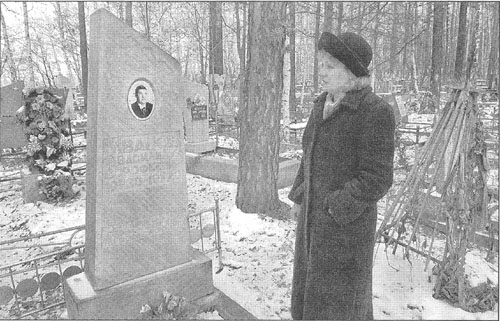Ars Technica / 2016-11-15 10:02

Alevtina Nekrasova vists the grave of her father, Vasily Ivanov , who was one of the first victims of the 1979 anthrax outbreak in the Soviet city of Sverdlovsk. (credit: UCLA | LA Times)
In early April of 1979, a mysterious plague wafted through the Soviet city of Sverdlovsk, now known as Ekaterinburg. At least 66 people and an unknown number of animals were struck with a vague illness and then swiftly died. Soviet officials blamed tainted meat sold on the black market. But a 1992 investigation by a Harvard researcher finally aired the real killer: a plume of anthrax spores accidentally released from a clandestine bioweapons plant in town, known as Compound 19.
It was one of the largest inhalation anthrax outbreaks in history—and one of the few traces of the Soviet's secret dabbling in bioterror research—all thanks to botched air filter maintenance. The slow-moving death cloud that seeped from the compromised ventilation system left a trail of carnage 30 miles downwind of Compound 19. If the breeze had blown directly toward the center of town, which sits about 230 miles north of Russia's border with Kazakhstan, thousands could have been killed.
Despite the devastation, many details about the accident remain murky—along with what else might lurk within the Ministry of Defenses' Compound 19. Such facilities and research should have been shut down in 1975, after the international Biological Weapons Convention. But the Sverdlovsk accident and other hushed accounts suggest that covert Soviet bioterror research continued in the following decades. In fact, reports from Soviet defectors in the 1990s tell of a vast, highly-funded program involving tens of thousands of researchers working on biological weapons to lob at America and other targets. Russian officials have refused outside access to lingering facilities, and there's no guarantee that research has completely stopped.
No comments:
Post a Comment